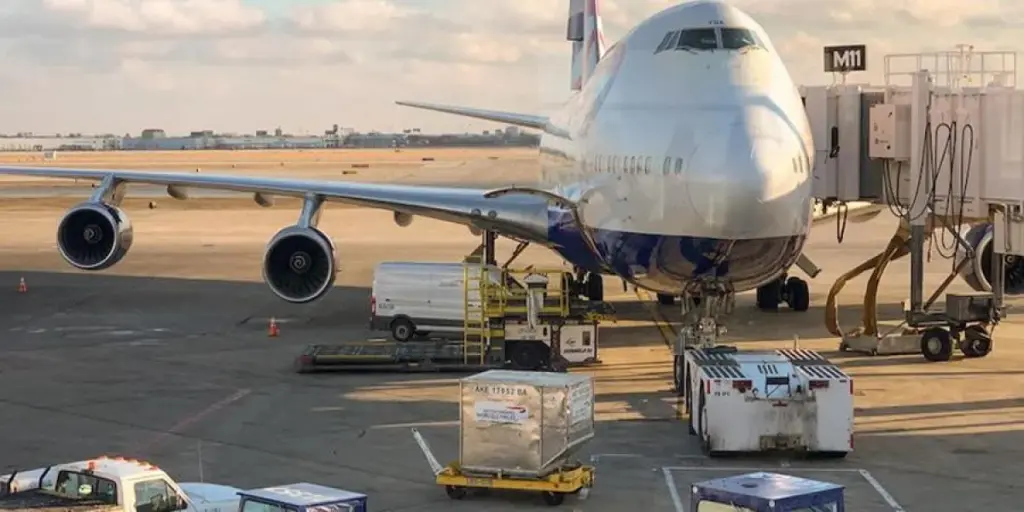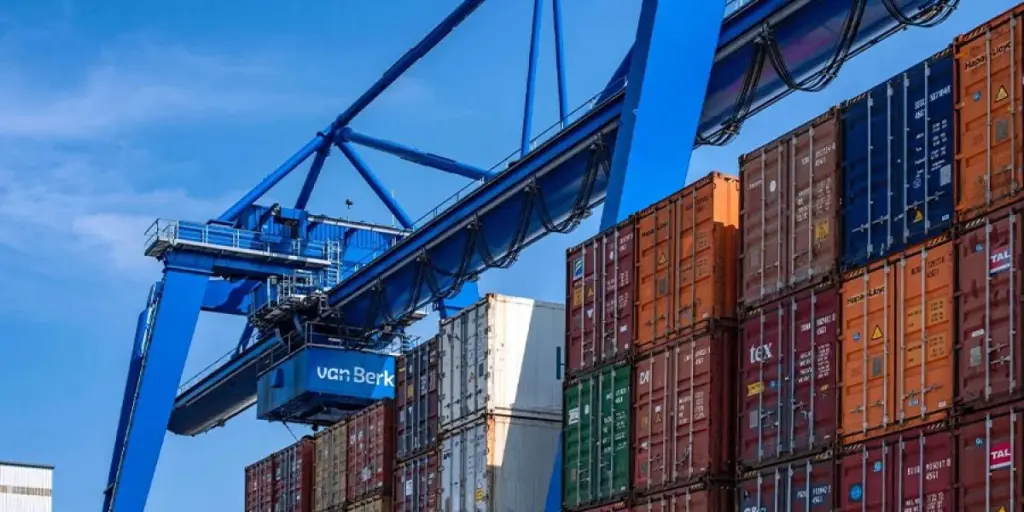Many brands rely on Amazon sales to boost their order volume during specific holidays—including Black Friday, Amazon Prime Day, and the days leading up to Christmas. Because Amazon fulfills so many orders, during these peak periods, they also place a lot of strict requirements on the merchants to sell during these high-volume shopping days.
Below are some best practices for meeting Amazon’s requirements for holiday selling, and alternative solutions for when Amazon’s policies become challenging to navigate.
For all Amazon seller programs, it’s always best to check requirements and protocol from Amazon sources. They have a great holiday seller guide to structure your sales strategy and navigate Amazon’s many deadlines and criteria. See Amazon’s Selling Guide for the holidays here.
Best Practices When Using Amazon FBA for Holiday Sales
There are many tried and tested ways to maximize holiday sales on Amazon FBA—optimize product listings with clear descriptions, high-quality images, and relevant keywords; stock up early to avoid inventory shortages, as demand surges during peak seasons; offer competitive pricing, seasonal discounts, and bundle deals to attract shoppers.
But seasoned sellers know that these are only half the preparations you need to ensure a successful Amazon holiday rush. Below are the ways true operators of ecommerce business tackle this important season of selling.
1. Know the FBA Calendar: Selling Dates and Inventory Cut-Offs
For the Fulfilled by Amazon (or Amazon FBA) program, Amazon does all the fulfillment and shipping on behalf of a brand. The primary advantage of this program is that it allows Amazon to do all the heavy lifting (i.e. fulfillment and delivery), while still maintaining the coveted Amazon Prime badge. Because of this Amazon has strict cut off dates to receive inventory to their warehouses prior to a holiday.
Sellers are required to make an appointment for products to be received in Amazon facilities.
Here are the inventory cut-off dates for 2024 holiday season:
- Before September 13th, 2024 for Prime Fall day (date not announced yet).
- Before October 19th, 2024 for the holiday season and 12 days surrounding Thanksgiving-Cyber Monday.
Keep in mind these dates are always subject to change. Amazon holds the discretion to enforce, change, or update this calendar at any point.
What Happens When I Can’t Get an Amazon Inventory Appointment?
Inventory deadlines for Amazon fulfillment programs, like Fulfillment by Amazon (FBA) sometimes poses challenges.
When all Amazon sellers are trying to get products there at the last minute there are often not many options for appointment times. This issue can arise even if merchants are trying to schedule their inventory to get picked up well in advance of Amazon’s stated deadlines.
Failure to get a receiving appointment can mean forgoing Amazon sales for high-traffic sales days. This can be detrimental to a brand’s sales strategy and general bottom line.
Here are some options and solutions if your business is having trouble getting products into Amazon facilities for a major holiday.
- Break up your FBA shipments or Ship it yourself If Amazon doesn’t have any available pickups before the inventory cut-off date, your only option may be to ship it on your own dime. Amazon allows merchants to ship their inventory to its facilities via small parcel shipments, which do not require an appointment, unlike larger shipments such as LTL that do. By using small parcel shipping, merchants increase their chances of getting products into Amazon’s facilities in time for peak season. However, this option can be costly and often requires breaking down inventory into smaller batches.
- Switch to FBM Inventory cut off dates only apply to sales that will go through the FBA program. But if you can fulfill and ship products yourself, you can switch to the Amazon Fulfilled by Merchant (FBM) program. This allows you to list and sell your products in your Amazon store, but have the orders fulfilled out of your own warehouse or your 3PL’s. Be aware that there may be many hidden costs here, like overhead, time resources, and customer satisfaction, that should be factored into your decision to switch. Also, Amazon FBM does not get the Amazon Prime badge which could greatly reduce your buyer conversion rates. Some merchants see success from a combined FBA and FBM strategy.
- Use Amazon SFP Seller Fulfilled Prime is a great option for merchants, you get benefits like access to Prime customers. But you must first qualify for the program which is rigorous with steep qualifications—the brand pays for expedited shipping and must consistently adhere to very strict fulfillment turnaround times. Some brands already working with a reliable 3PL may leverage their fulfillment provider to handle an SFP program.
- Shift to alternative sales channels, like your own site If you’re facing challenges getting your products into Amazon warehouses, it may be worth considering a shift to your website or other marketplaces. This includes adjusting your marketing and promotional strategies to focus on these channels. Doing so can help mitigate the risks of product delays at Amazon and allow you to avoid some of the fees associated with selling on the platform.
2. Understand Amazon FBA Fees and Holiday Surcharges
During peak season Amazon processes a much higher volume of products, so they charge sellers extra for fulfillment and other services during this period.
Known as peak surcharges, or demand surcharges, Amazon FBA fees are always posted prior to any inventory cut-off dates. Take these into account when you plan your holiday selling strategy.
For some brands these extra fees may make sense during holidays such as Prime Day, but not Black Friday. It all depends on which sales channels your customers will be most likely to use during each holiday period.
2024 Amazon Fees can be found here.
3. Storage Capacity and Fees
Amazon is very strict about storage levels and inventory turnover, especially during holidays sales periods. With a higher volume of orders going through their facilities, Amazon often increases fees for peak season storage and excess inventory.
A merchant’s storage fees are dependent on your IPI score, which stands for Inventory Performance Index, and is calculated from two factors: excess inventory percentage, and sell-through rate. IPI is used to measure the efficiency of your inventory management within Amazon.
4. Know your Restock Limit and Have a Strategy
Amazon enforces inventory restriction during peak season, called a restock limit. It limits the amount of inventory a merchant can have in Amazon storage at a given time.
A merchant’s restock limit depends completely on their Inventory Performance Index, also known as their IPI score. According to Amazon, your IPI score measures how efficient you are at managing your FBA inventory. Overall storage space is allocated according to the success of your Amazon channel. The bigger your order volumes and the higher your inventory turnover, the higher your restock limits will be.
For smaller brands, this can make inventory planning challenging for FBA sellers. It’s hard to capitalize on holiday sales periods with so many limitations. On the flip side, if you aren’t planning on big Amazon sales and have low inventory, you risk a stockout, which Amazon will also penalize.
An experienced seller will be good at replenishing their Amazon inventory without going over their max storage allotment.
A reputable 3PL, well-versed in shipping to Amazon will be a huge asset for brands navigating this inventory coordination. They will be able to store any overflow of inventory and send smaller shipments to Amazon facilities as needed.
Bottom Line
If your brand can meet the requirements of Amazon holiday sales, your brand will benefit in many ways. Using Amazon FBA during the holidays offers key benefits for ecommerce brands. Amazon will handle the storage, packing, and shipping, which means you and your customers will get fast, reliable delivery, which is crucial during peak shopping seasons. FBA’s customer service manages returns and inquiries, saving time and effort for sellers.
With Amazon’s vast logistics network, brands can scale easily without worrying about fulfillment bottlenecks. FBA also enhances visibility with access to promotions like Lightning Deals and increased search ranking, boosting sales potential during the high-demand holiday season.
Source from DCL Logistics
Disclaimer: The information set forth above is provided by dclcorp.com independently of Alibaba.com. Alibaba.com makes no representation and warranties as to the quality and reliability of the seller and products. Alibaba.com expressly disclaims any liability for breaches pertaining to the copyright of content.




